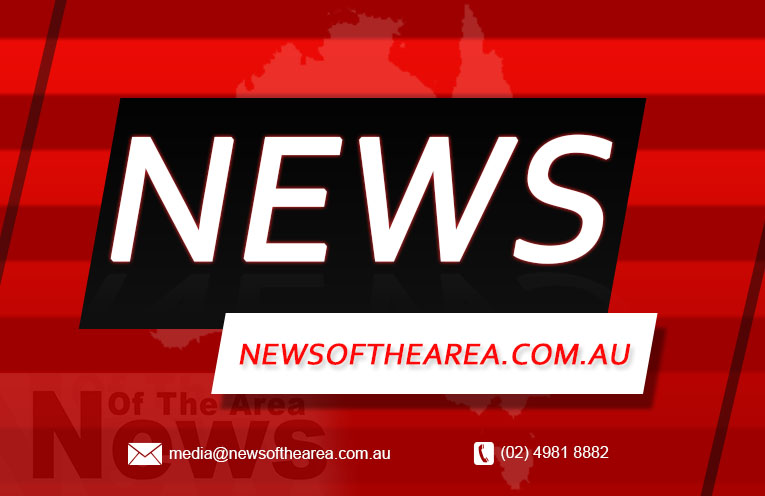
THE Big Banana will glow red on August 19 to highlight Equal Pay Day.
The date for Equal Pay Day varies each year, because it marks how many days into the new financial year Australian women must work to earn the same, on average, as men did the previous year.
 Advertise with News of The Area today.
Advertise with News of The Area today.It’s worth it for your business.
Message us.
Phone us – (02) 4981 8882.
Email us – media@newsofthearea.com.au
This year’s date is August 19, marking 50 days into the financial year.
The 2024 theme for Equal Pay Day is: ‘It doesn’t add up’.
The national gender pay gap measures the difference between the average weekly full-time base salary earnings of women and men, expressed as a percentage of men’s earnings.
It is a measure of women’s overall position in the paid workforce and does not compare like roles.
Equal pay is the concept of women and men being paid the same for performing the same role or different work of equal or comparable value.
In Australia, this has been a legal requirement since 1969.
The gender pay gap is different to equal pay.
Workplace Gender Equality Agency (WGEA) research identified three main contributors to Australia’s gender pay gap: gender discrimination (36 percent); care, family responsibilities and workforce participation (33 percent); and gender segregation by job type and industry (24 percent).
WGEA uses the Australian Bureau of Statistics (ABS) average weekly earnings trend data to calculate the number of days after the end of the financial year that women have to work to be paid the same as the average man.
The February 2024 ABS reported average weekly earnings for men working full time was $1,982.80.
Women earnt $1,744.80 per week on average.
With a difference of $238 every week and $12,376 every year, at the average rate of pay for women, this is the equivalent of over seven weeks additional work (50 days).
These figures cover base salary and full-time employees only and do not include bonuses, superannuation or overtime, or the salaries of Australians working part-time.
Business Professional Women (BPW) Coffs Coast vice president Julianne McKeon told NOTA, “BPW Coffs Coast members are pleased that the gender pay gap is less this year than previously.
“However, we work to raise awareness of how that affects women across their lifetime by the amount they earn not adding up to ensure the same financial stability as that of their male counterparts.”
To find out more, go to bpwcoffscoast.com.au or www.wgea.gov.au/pay-and-gender/equal-pay-day-2024.
By Andrew VIVIAN